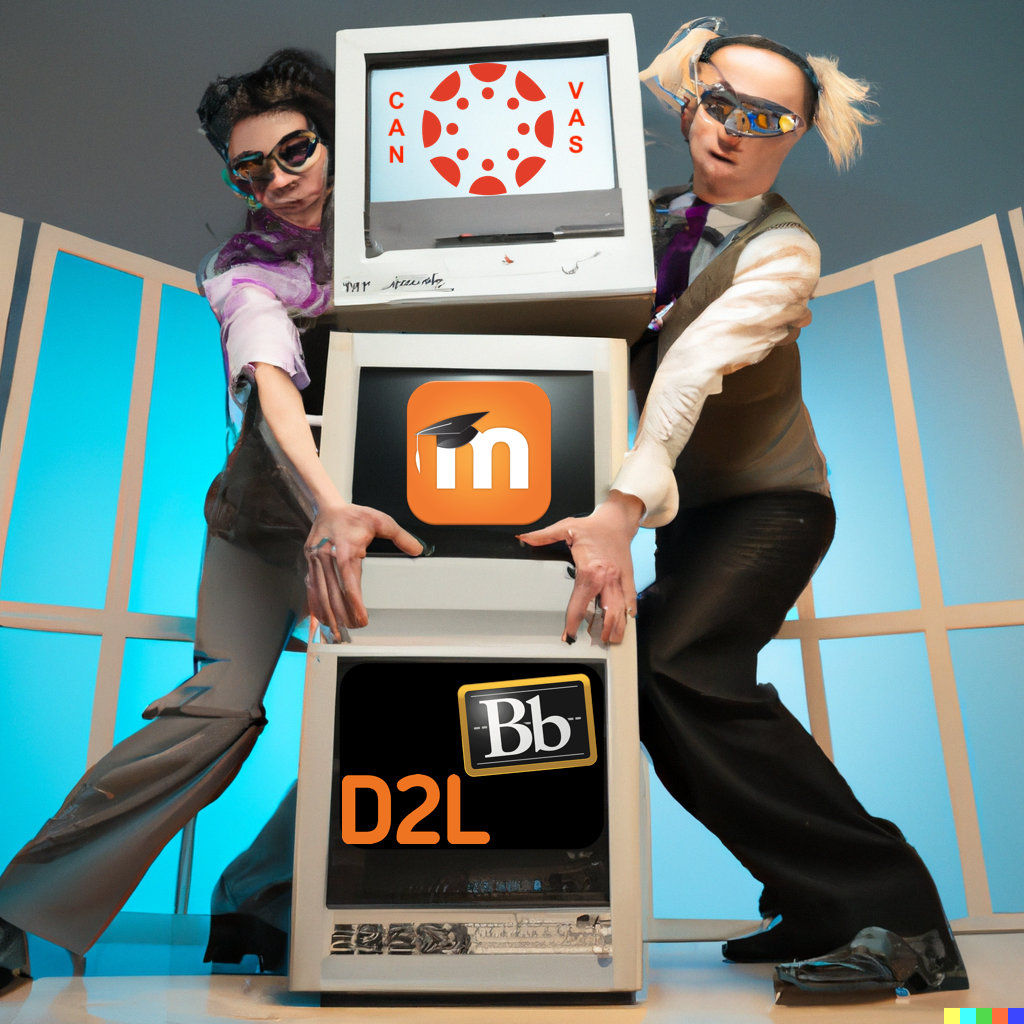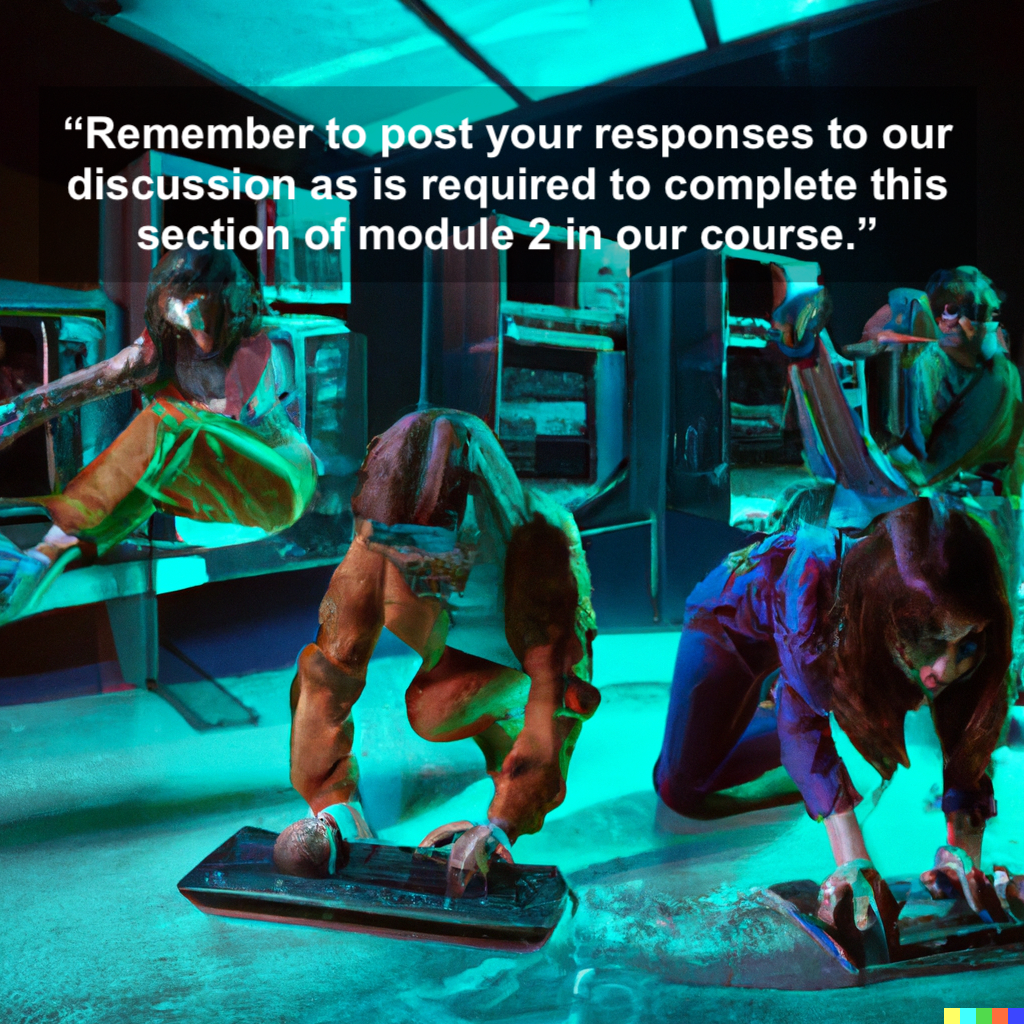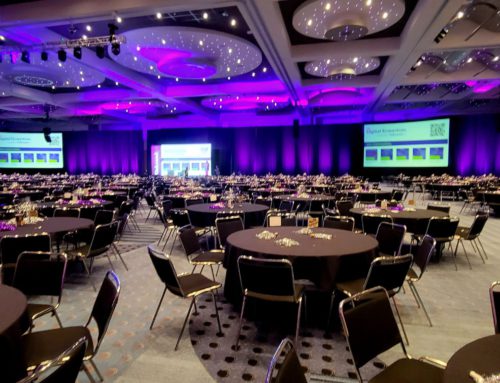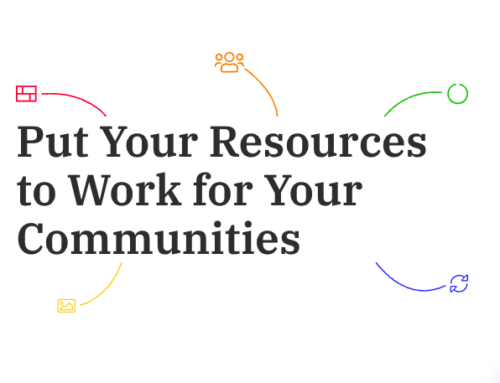So many teams continue to expend valuable time and resources stacking and bolting together various, big LMS style tooling as a means to support and grow dynamic, ‘educator community of practice’ style learning and development initiatives favored in new blended PD models.

But at some point if we are trying to create the types of open space where the primary design of the professional development is not strongly tethered to an “online course” modality, but instead is centered on educators connecting with facilitators and peers to engage with a string of resources (some known in advance, but many that surface in real-time as a construct of the exchange), targeted training and supports that differ for each users, and all with the intent to move towards deep reflection on their practice while engaging in real exchanges about students, curriculum, and equity…we’ll have to understand that pushing antiquated LMS architectures as the solution will not get us where we need to be.
LMS platforms, designed to industrially-digitize course distribution primarily at the post-secondary level in the early 2000’s are not going to result in many of the emerging, hybrid blends of professional development and educator growth that is needed to better equip our teachers with ongoing connections to trained coaches and facilitators and peers as a means to stay motivated, engaged, and up-to-speed on new strategies and methods to increase opportunities for all students.
Conversely, we’ve worked with many skilled PD teams with expertise on the structures and methods to deliver effective learning sequences in a classroom, but these same teams then struggle to design dynamic, meaningful PD when having to limit their program vision through LMS tools that lean towards building things around the anchor point of an “online course”. There is a rigid “Content + Quiz = Learning” model that resides deep in the bones of most LMS architectures. And when a group wants to balance that against more peer to facilitator discourse and peer to peer engagement, the easy solution is to add some “threaded discussions” and “user surveys” into the course’s content structure.
How painful it is to then witness strong, creative teams unwittingly resign themselves to models of PD for teachers that they would never want replicated in actual classrooms with students. Step back and ask, “Would we want an educator delivering learning to their students in the way we are delivering this professional development?” or “Are we modeling the very strategies we are asking educators to take back into their own classrooms?”

And to our fellow L&D colleagues, a question aimed at those of us that provide technical consulting to wide-eyed learning agencies eager to find and adopt “innovative technical solutions” to help with scale and efficiency: To what degree are we basing our recommendations on our own familiarity and inclinations instead of out of a committed understanding of strong PD or any background in Curriculum and Instruction at the classroom level and what it looks like to move educators along a continuum of structured growth?
Are we helping our clients find, implement, and operationalize technology that supports and enhances strong learning design and increased opportunities for authentic reflection and exchanges between and amongst educators as learners? Are we providing solutions that deliver targeted content based on learner’s existing experiences and roles, and provides them options to actively build and demonstrate their new and emerging skills beyond basic reflection and recall exercises? Are we creating online courses? If so, then many of the LMS platforms are apt tools to use. But if we are trying to build learning experiences that are fostered within the context of a community of practice, where learners can build meaningful professional relationships with their peers as readily as with their facilitators, where cohorts can assemble around a curriculum used in common to discuss and compare strategies, and where all interactions and engagements are not as an adjunct to a “course”, then we need to consider different options.
The teams we support want better for teachers. The teachers themselves, are learning and growing because they want better for their students. Those of us in technical L&D roles need to do better for them all.
(Images generated with the DALL-E 2 Image Generator by OpenAI)



